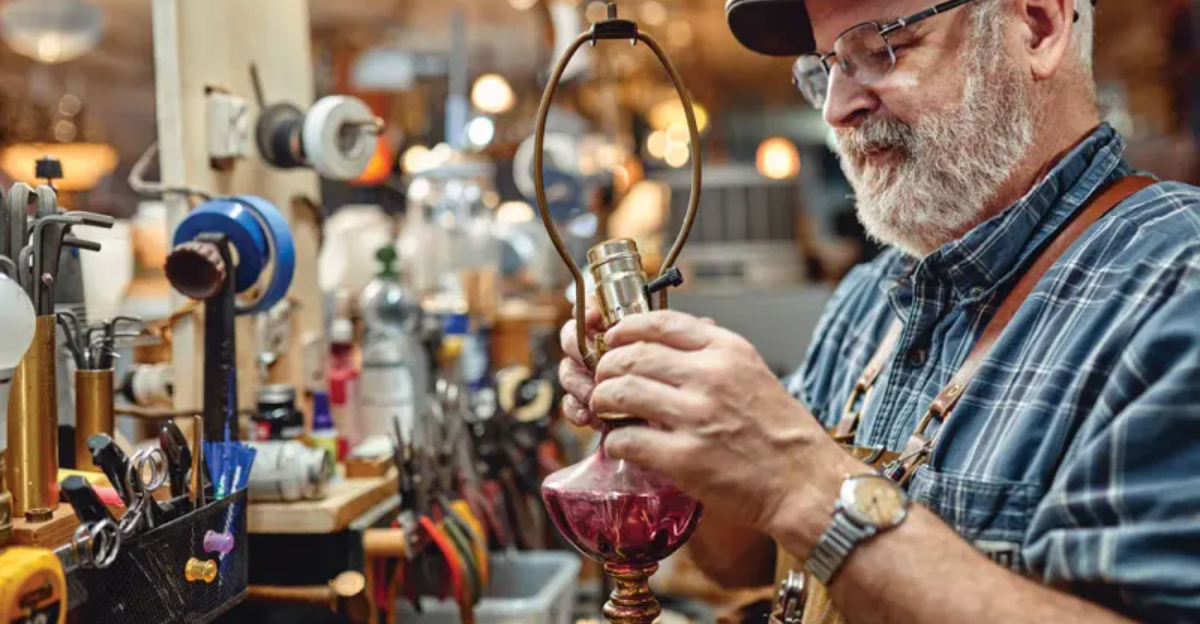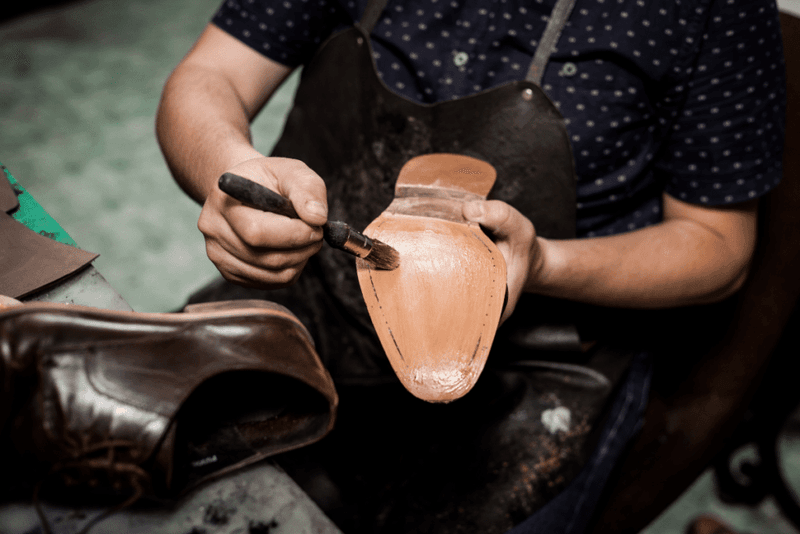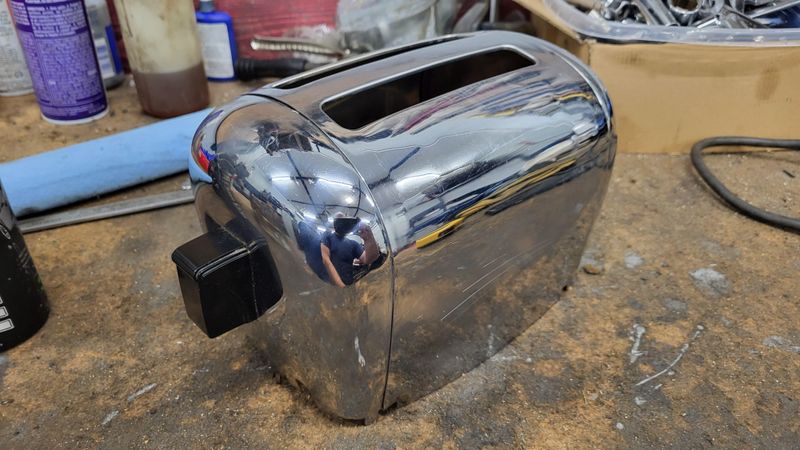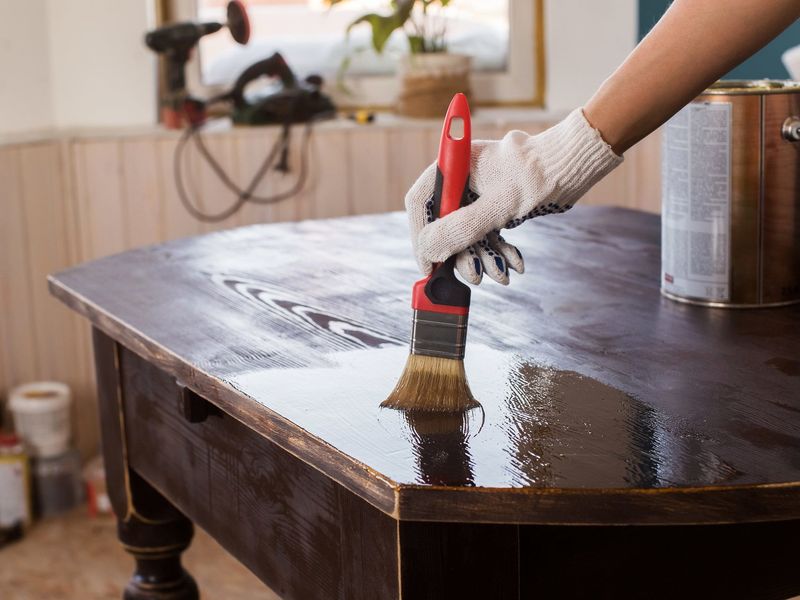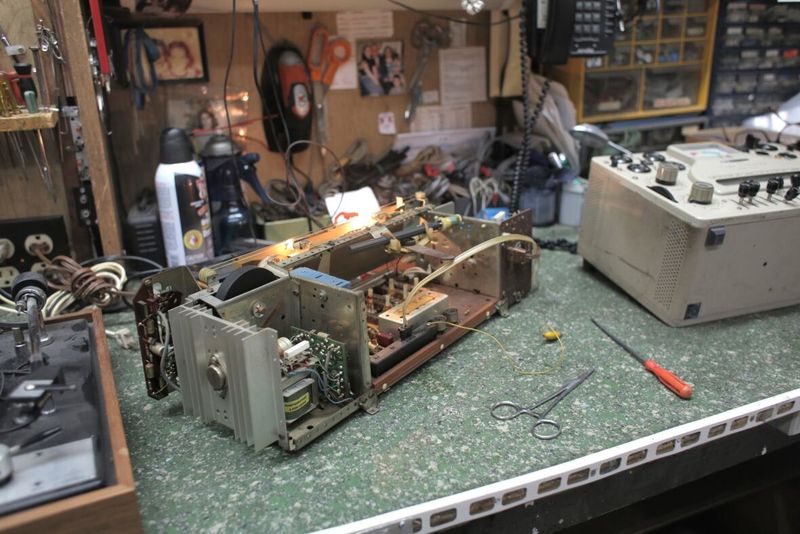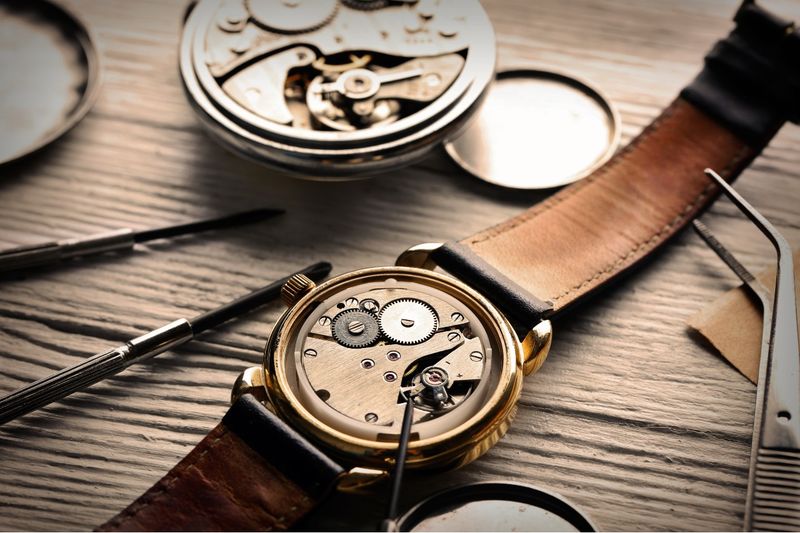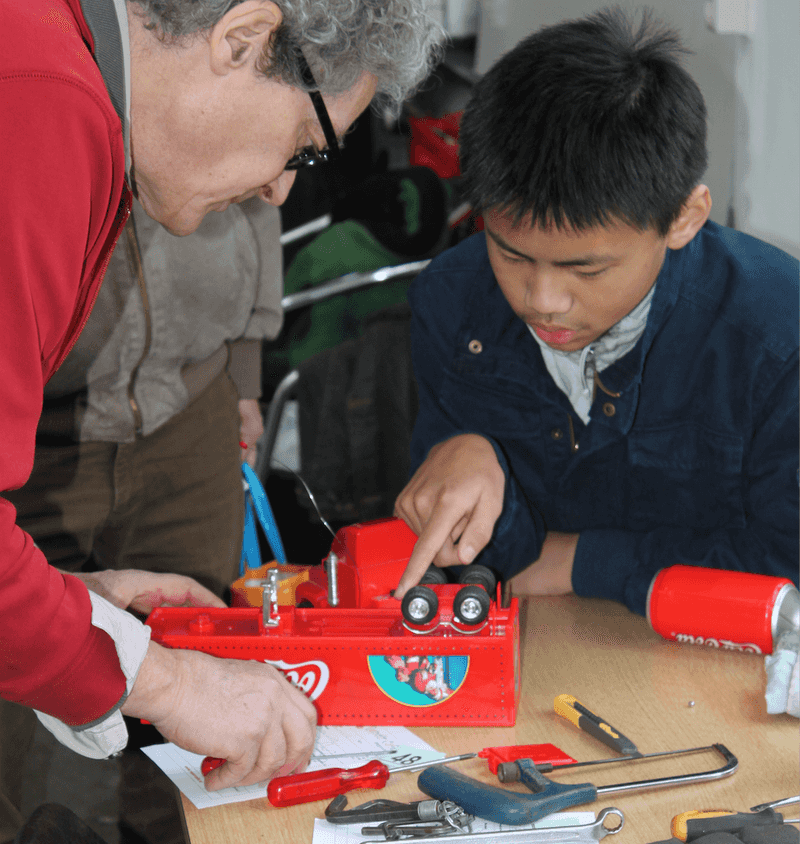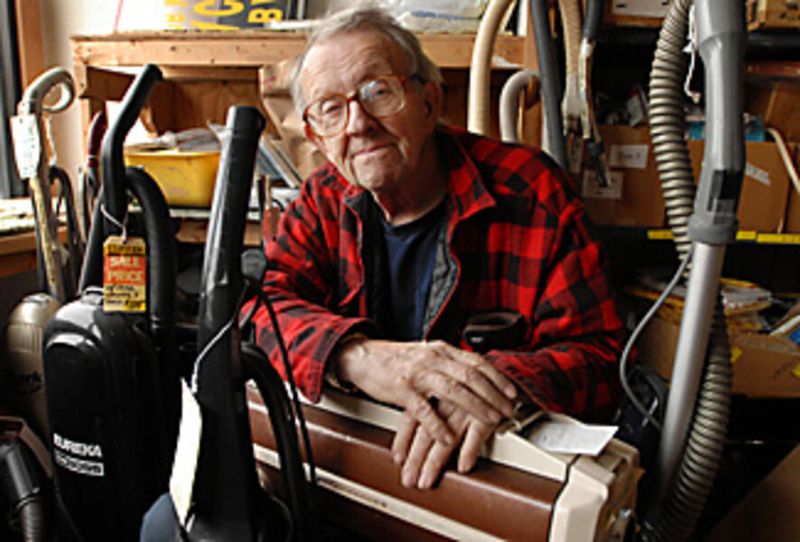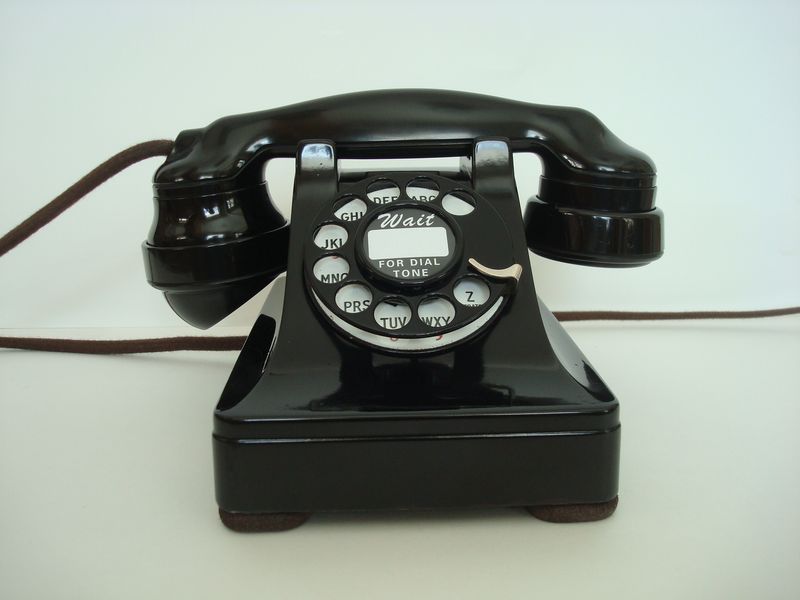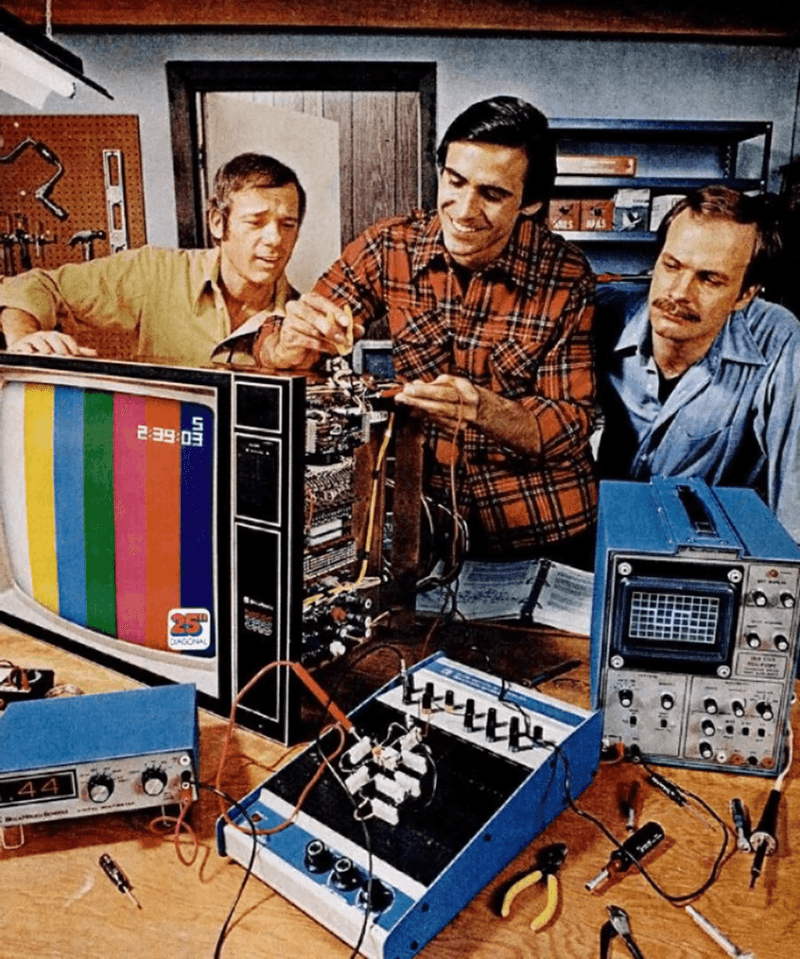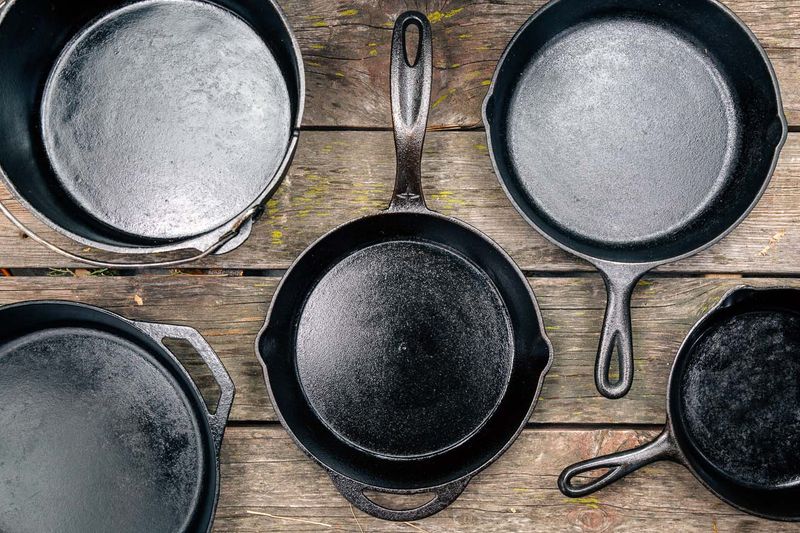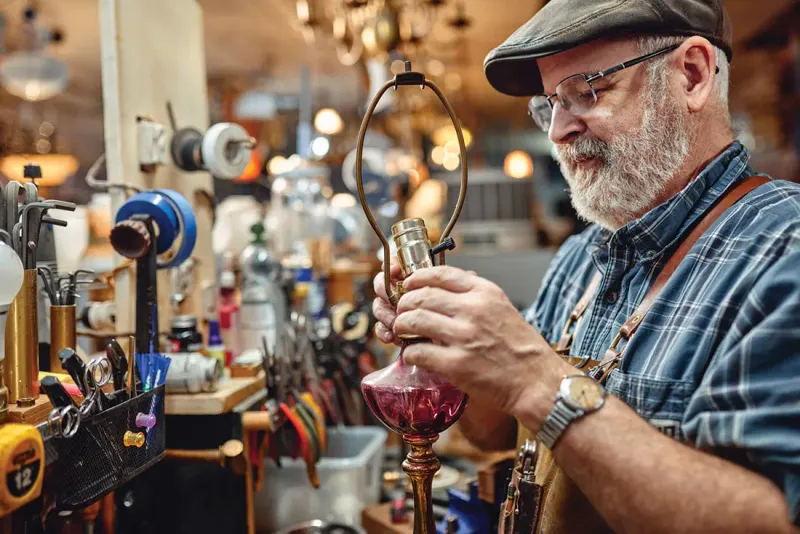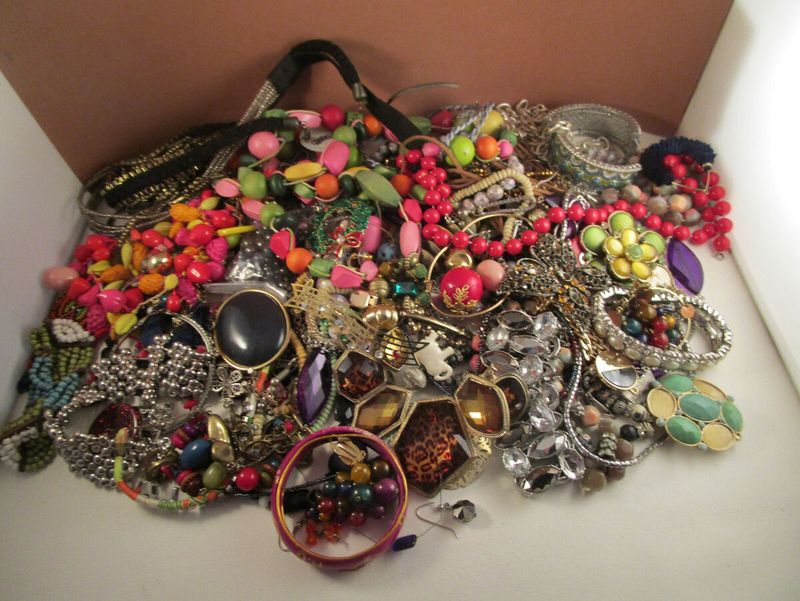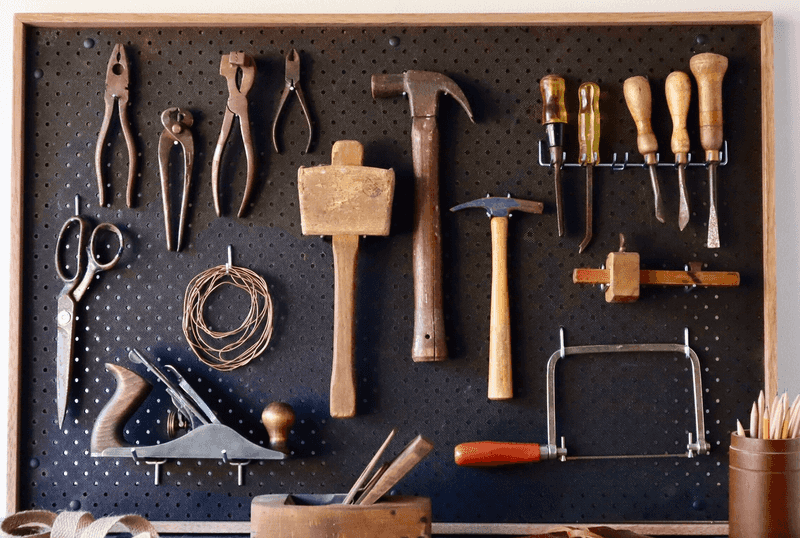Once upon a time, Americans displayed a remarkable knack for fixing everyday items. Whether it was a pair of shoes or a household appliance, repair skills were passed down through generations.
Today, the landscape has shifted drastically, as fast fashion and technological advances have made it easier to replace rather than repair.
This shift speaks volumes about our culture of convenience, where disposability often overrides sustainability. Here are 18 items that reflect this change.
1. Shoes
Once cherished and well-maintained, shoes were regularly resoled and polished at local cobblers. The art of shoe repair was a skill passed through generations. Today, fast fashion and synthetic materials make repair costs comparable to buying new. The convenience of purchasing a replacement often outweighs the sentimental value of repair. While once an opportunity to connect with artisans, now it’s a matter of convenience and economy. This reflects a broader shift towards disposability.
2. Socks
Darning socks was once a basic household skill, as families worked to extend the life of their garments. With the availability of cheap multi-packs, tossing and replacing socks has become more common than stitching a hole. The tradition of mending socks has faded, replaced by the practicality of instant replacement. This shift not only reflects changes in consumer habits but also a broader trend where time-saving solutions are prioritized over traditional skills.
3. Small Appliances (Toasters, Blenders, etc.)
Designed with metal parts and fixable components, small appliances like toasters and blenders were once repaired rather than discarded. The craftsmanship allowed for easy maintenance, fostering a culture of repair. Now, many appliances are sealed shut and designed for disposability. It’s often cheaper to replace them than to mend. This evolution underscores a technological shift towards commodities that prioritize convenience over longevity, altering our relationship with household products.
4. Furniture
From scratches to broken legs, furniture was once meticulously repaired, reflecting a time when longevity was valued. Skilled artisans and DIY enthusiasts alike worked to preserve their furnishings. The rise of particleboard and mass production has led to a culture where furniture is often not worth saving. This trend highlights a broader societal change, where the uniqueness and craftsmanship of the past are often overshadowed by the allure of modern convenience.
5. Electronics (Radios, DVD Players, etc.)
Once a staple of the living room, electronics like radios and DVD players were commonly repaired. Shops offering affordable repairs were widespread. Today, rapid technological obsolescence discourages fixing yesterday’s gadgets. The ease of upgrading to the newest model far outweighs the effort of repairing. This shift is emblematic of a disposable culture where the rapid pace of innovation often leaves yesterday’s technology in the dust, contributing to growing electronic waste.
6. Clothing
Patching and sewing were standard life skills, as clothing was seen as an investment. Families took pride in extending the life of their wardrobes. The rise of fast fashion trends, however, pushes consumers to buy new rather than mend. Today, it’s often more economical to replace rather than repair. This change reflects a broader shift in consumer behavior, where the transient nature of fashion has led to a culture that favors the new and novel.
7. Watches
A watch was once a prized possession, regularly taken in for maintenance and repair. The intricate craftsmanship made repair a cherished skill. Now, many watches are digital, disposable, or simply too cheap to justify fixing. This shift reflects broader changes in consumer priorities, where functionality often trumps sentimental value. The trend towards disposability is a telling sign of how technology has influenced our perception of value and craftsmanship.
8. Toys
Broken toys were once lovingly glued, taped, or repaired with replacement parts, preserving memories of childhood. Parents took time to mend their children’s beloved playthings. Today, most toys are made of brittle plastic, often tossed once damaged. The convenience of replacement has overshadowed the sentimental value of repair. This shift highlights a broader societal change where the disposability of products reflects a departure from the past’s more sustainable practices.
9. Vacuum Cleaners
Vacuum cleaners were once built to last, with belts, filters, and motors that were easy to access and replace. Homeowners often serviced them themselves, extending their lifespan. Now, many models are sealed, cordless, and more expensive to repair than to replace. The rise of disposable models underscores a broader trend towards convenience, where maintaining products has become less common. This evolution mirrors our growing emphasis on efficiency at the expense of sustainability.
10. Cameras
Film cameras once held a special place in our lives, often cleaned and repaired by professionals to capture memories beautifully. The advent of digital models has changed this dynamic. Cameras age quickly, and phone cameras have largely replaced them. This transition reflects a broader societal shift towards instant gratification, where the latest technology is favored over preserving the past. The beauty of yesterday’s craftsmanship is often left behind in this digital age.
11. Phones
Landline phones were built to last, their sturdy design allowing for decades of use. Repairs were simple, and phones were often seen as a long-term investment. The rise of smartphones has changed this landscape. They are upgraded every few years, with repairs often costly and inconvenient. This shift reflects a broader societal change towards disposability and rapid technological advancement, where the focus is on the newest features rather than long-lasting quality.
12. TVs
Televisions once had vacuum tubes and components that could be swapped, ensuring long-term use. Technicians were readily available to service them, preserving their longevity. Today, flatscreens are cheap to replace and expensive to fix. This change highlights a broader shift in consumer priorities, where the allure of modern technology often overshadows the value of repair. The rapid pace of innovation continues to redefine our relationship with technology and sustainability.
13. Kitchen Utensils and Cookware
Handles were once replaced, and surfaces re-seasoned or refinished, to extend the life of kitchen utensils and cookware. Families took pride in maintaining their kitchen tools. Today, low-cost options lead many to replace rather than maintain them. This shift mirrors a broader societal trend where convenience often takes precedence over tradition. The decline of sustainable practices in favor of quick solutions underscores changes in the way we view everyday household items.
14. Luggage
Suitcases and bags were once valued for their durability, with owners repairing stitching or replacing wheels to extend their life. Travel was an experience, and luggage was a lasting companion. Today, cheaper materials and fast travel habits lead to quick disposal. This shift reflects a broader trend towards disposability, where the value of longevity is often overshadowed by convenience. The evolution of travel culture mirrors larger changes in consumer priorities.
15. Lamps
Lamps were once cherished household items, with bulb sockets and switches easily replaced. Their timeless design made repair a worthwhile endeavor. Today, wiring complexities and aesthetic changes favor tossing them. This trend is emblematic of a broader societal shift towards modernity, where the allure of new designs often overshadows the value of repair. The decline of repair culture reflects changing attitudes towards household items and their place in our lives.
16. Jewelry (Costume)
Costume jewelry was once a treasured part of personal style, with clasps and stones repaired or replaced to keep them in circulation. The sentimental value often surpassed the monetary cost of repair. Today, most pieces aren’t worth the repair cost, and new trends quickly replace the old. This shift mirrors a broader trend in consumer behavior, where the rapid pace of fashion often overshadows the enduring value of sentimental items.
17. Books
Books were once cherished possessions, with pages taped and spines re-glued to preserve them for future generations. Libraries and households alike valued the longevity of their collections. The rise of e-books has altered this landscape, with damaged paperbacks often discarded. This shift highlights broader cultural changes, where digital convenience often takes precedence over physical preservation. The decline of traditional repair reflects evolving priorities in the digital age.
18. Tools
Once considered an essential part of household maintenance, tools were diligently maintained and repaired. Handles were replaced, and parts kept in prime condition for generations. Today, power tools, especially, are less often fixed and more often replaced. This shift mirrors a broader trend towards convenience and rapid technological advancement, where the transient nature of modern tools often eclipses the tradition of repair. This evolution reveals changing attitudes towards craftsmanship.
